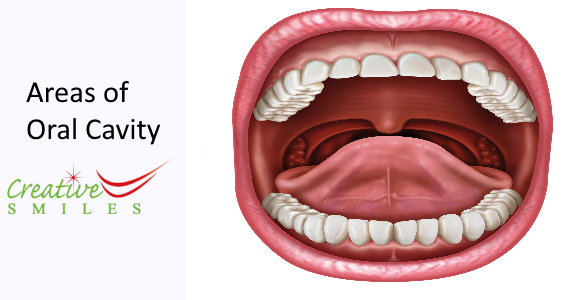
The oral cavity of a human includes the cheeks, lips, gums, tongue, and the area behind it. A person’s oral cavity is also thought to include any space between their wisdom teeth and the roof of their mouth. Saliva is produced by salivary glands in the mouth and is used by the tongue and teeth.
Where is the Oral Cavity Located?
The mouth cavity may be seen just below the nasal cavities when looking at the front of the face. It has three parts: a top, a bottom, and two sides.
What Makes up the Oral Cavity?
The oral cavity is divided into the following two sections:
- The area within the mouth that is between the cheeks or lips and the teeth is referred to as the oral vestibule.
- both the oral cavity and the gaps between the teeth
What Function Does the Oral Cavity Serve?
The beginning of the digestive process occurs in the mouth, in large part. Saliva is added to the meal just before swallowing in order to speed up the process of digestion and absorption.
How Big is the Oral Cavity?
The average mouth cavity of a male can hold 71.2 milliliters, compared to the average oral cavity of a woman, which can only hold 55.4 milliliters.
What is the Importance of the Oral Cavity?
Speech production, proper food and water digestion, and the maintenance of regular breathing patterns all depend on the mouth. For instance, teeth are in charge of breaking and crushing food into smaller bits so that the body can digest it more easily.
What is the Oral Cavity proper?
The lining mucosa, which comprises the cheeks, lips, floor of the mouth, alveolar mucosal surface, inferior surface, masticatory mucosa (hard palate and gingiva), and specialized mucosa (back of the tongue), covers the mouth proper. This mucosa also covers the cheeks, lips, and floor of the mouth.
What is meant by areas of the Oral Cavity?
Sections of the mouth are linked up with codes that define dental treatments.
Related Terms:
Published on July 14, 2022, Updated on September 12, 2022
